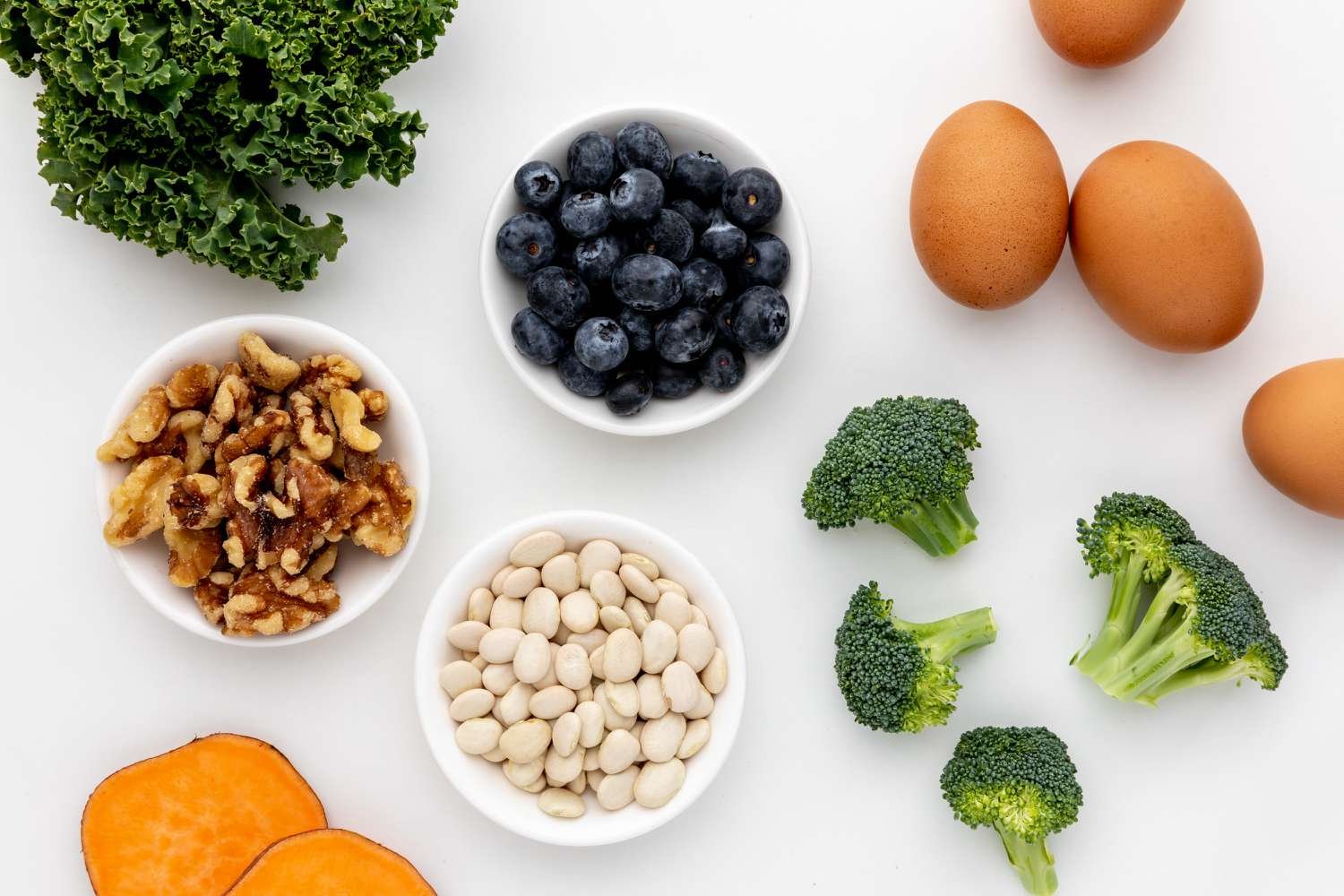Inflammation: Your anti-inflammatory roadmap
Inflammation has become a buzzword in the health and wellness sphere, gaining significant attention in recent times. But what exactly is inflammation, and why should we pay attention to it?
Inflammation is a natural defense mechanism employed by our bodies to protect against injury or infection. While acute inflammation, characterized by redness, swelling, and pain, serves as a crucial part of the healing process, chronic inflammation can lead to a range of health issues if left unchecked.
What is inflammatioN?
Acute inflammation is the swift response to an injury or infection, signaling the body's initiation of the healing process. Conversely, chronic inflammation, though typically low-grade, persists over extended periods, potentially leading to various health conditions, including heart disease, high blood pressure, certain cancers, chronic pain, and mental health disorders like anxiety and depression.
What causes inflammation?
Numerous factors contribute to chronic inflammation, some within our control and others not. Lifestyle choices such as diet, exercise, sleep patterns, and stress management play significant roles in either mitigating or exacerbating inflammation. Additionally, environmental factors like pollution, allergens, and persistent infections can also fuel inflammation.
tips to reduce inflammatioN
Adopting an anti-inflammatory eating pattern can effectively manage chronic inflammation and promote overall well-being. Here are some dietary tips to support your anti-inflammatory journey:
Embrace fruits and vegetables: Prioritize colorful fruits and vegetables, aiming for at least six servings daily. Their diverse array of nutrients and antioxidants combat inflammation while bolstering overall health.
Opt for high-fiber carbohydrates: Choose whole grains like brown rice, whole wheat products, and starchy vegetables over processed carbohydrates to enhance fiber intake and stabilize blood sugar levels.
Increase fiber intake: Ensure an adequate intake of both insoluble and soluble fiber from plant-based sources to support digestive health, manage cholesterol levels, and promote satiety.
Favor plant-based and lean protein sources: Incorporate soy products, legumes, nuts, seeds, and lean animal proteins like fish, chicken, and turkey into your meals while limiting red meat and processed meats.
Select healthy fat sources: Prioritize unsaturated fats like olive oil for cooking and neutral oils for high-heat cooking, while minimizing trans fats and saturated fats found in processed and fried foods.
Balance Omega-6 and Omega-3 fatty acids: Include omega-3 rich foods such as fatty fish, flaxseeds, chia seeds, and walnuts while reducing intake of omega-6 rich oils commonly found in processed foods.
Cut back on added sugars: Limit added sugar intake to less than 6% of total calories per day, opting for natural sweeteners like honey and maple syrup sparingly.
Moderate alcohol consumption: Limit alcohol intake to one drink or less per day to mitigate its impact on gut health and inflammation levels.
Incorporate anti-inflammatory teas and spices: Include black, white, and green teas, along with herbs and spices like ginger, turmeric, and cinnamon, known for their anti-inflammatory properties, into your diet.
Remember, consistency is paramount in adopting an anti-inflammatory eating pattern. While individual meals matter, it's the cumulative effect of your dietary choices over time that truly influences inflammation levels and overall health.
By implementing these dietary strategies, you're not only nurturing your body with nourishing foods but also proactively managing chronic inflammation, paving the way for a healthier, happier you.
References:
https://www.health.harvard.edu/staying-healthy/foods-that-fight-inflammation
